Historic Canadian plane crash mystery to be probed in ElderCollege course
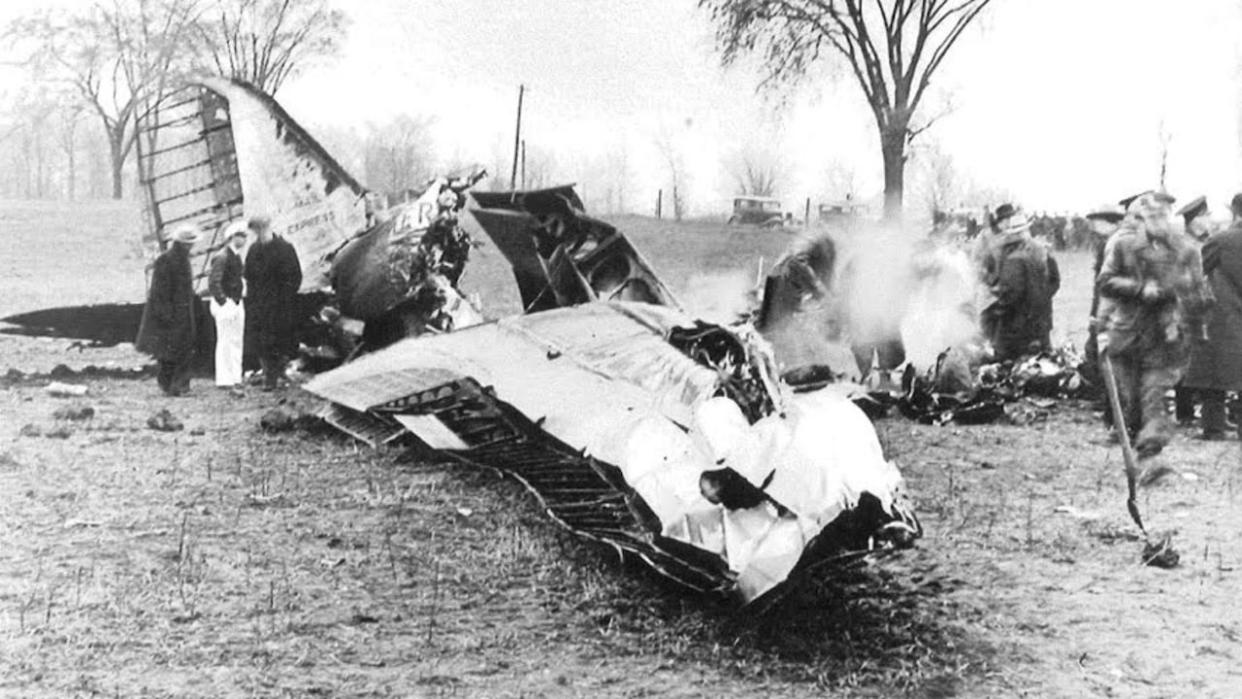
Today marks the 82nd anniversary of what was at the time the worst aviation disaster in Canadian history.
A DC-3 called the Flagship Erie, en route from Buffalo to Detroit, crashed in a field near Lawrence Station on Oct. 30, 1941. Lawrence Station is near Shedden in the St. Thomas area.
Three crew members and 17 passengers perished.
"Nobody knows what happened," said ElderCollege founder Lloyd Brown-John.
Despite two investigations, one by Canadian authorities and another by American investigators, a cause was never determined.
Conservationist Jack Miner was called to testify at an inquiry because it was thought the aircraft could have hit a flock of geese. But Miner said because the plane was flying at 4,000 feet it would've been too high to encounter them.
Brown-John was inspired by the book, Final Descent: The Loss of the Flagship Erie, to hold a one-day course on the disaster.

Lloyd Brown-John is the founder of ElderCollege. He will be one of two instructors at a special one-day course on the mystery crash. (Dale Molnar/CBC)
On Nov. 7, four local aviation professionals will make up a panel at the ElderCollege event at the Canadian Aviation Museum at Windsor Airport.
They will share their theories about what may have happened and what may have caused the crash.
"They were flying in very adverse conditions ... very dangerous conditions," said Frank McLean, a former commercial pilot.
McLean spent much of his career in the north and will serve as one of the experts.
He said weather conditions could have played a role with poor poor visibility at times.
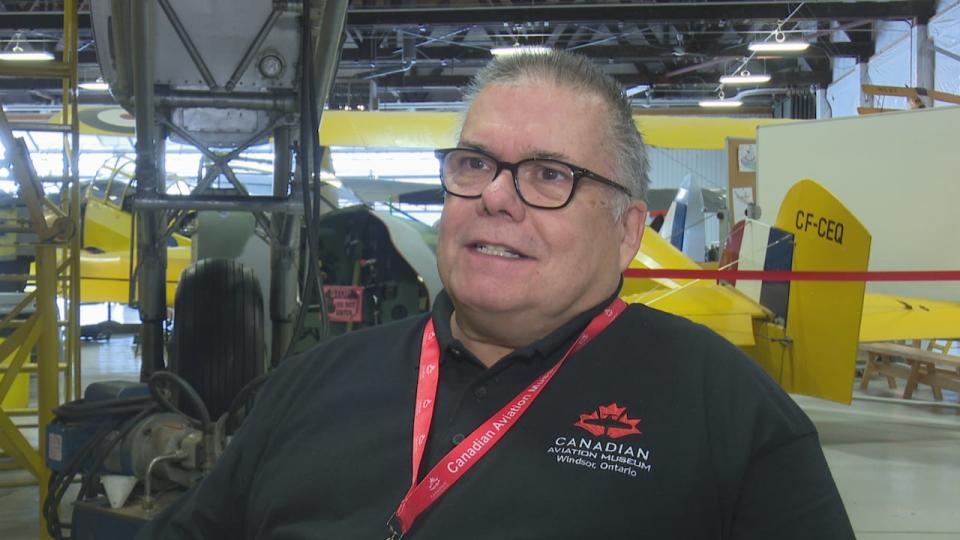
Andy Puempel is a flight instructor and aviation professional. He will be joined by colleauges Frank McLean, George Fallmayer and Ron Holden at the one-day course on the Flagship Erie. (Dale Molnar/CBC)
Andy Puempel is a private pilot and flying instructor.
He said if the plane's carburetor iced up it would have restricted fuel flow to the engines.
The co-pilot was also not very experienced in those aircraft, added Puempel.
"It was actually the first time he was on a revenue flight for American Airlines. Coordination of crew members may have been a consideration."
The pilot radioed his position at a station in Jarvis but at 10:20 p.m., just 20 minutes or so later, the plane spiralled into the ground in a field near Lawrence Station.
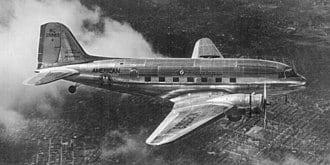
Flagship Erie was a DC-3 like this one. (ElderCollege)
"People on the ground saw the wing tip lights and they saw the plane going into circles ... and then it plunged into the ground," said Brown-John.
He said even though it was the worst aviation disaster in Canadian history at the time it was soon forgotten after the attack on Pearl Harbor a few weeks later.
But Brown-John said speculation at the time was the plane may have been sabotaged because there were two American UAW officials on board. UAW founder Walter Reuther also died in a plane crash in 1970, adding more speculation to the theory.
Puempel prefers a more mechanical or aero-dynamic reason for the crash.
"Had there been a bomb or something on board the airplane it wouldn't have continued to circle or manoeuvre prior to the crash," he said.
McLean said the fact the plane was spiralling down may have indicated fuel was being drawn from only one wing.
"Causing an imbalance in the aircraft. These old aircraft had very complicated fuel management systems," said McLean.
Meanwhile, former Dash 8 and test pilot George Fellmayer, said the Flagship Erie's pilot, David Cooper, had a medical condition called wry neck that could have led him to lose control.
"It's a condition where a muscle spasm causes the head to tilt sideways and under tremendous amount of pain," said Fellmeyer, adding Cooper did not seem to be in any distress when he radioed in at Jarvis.
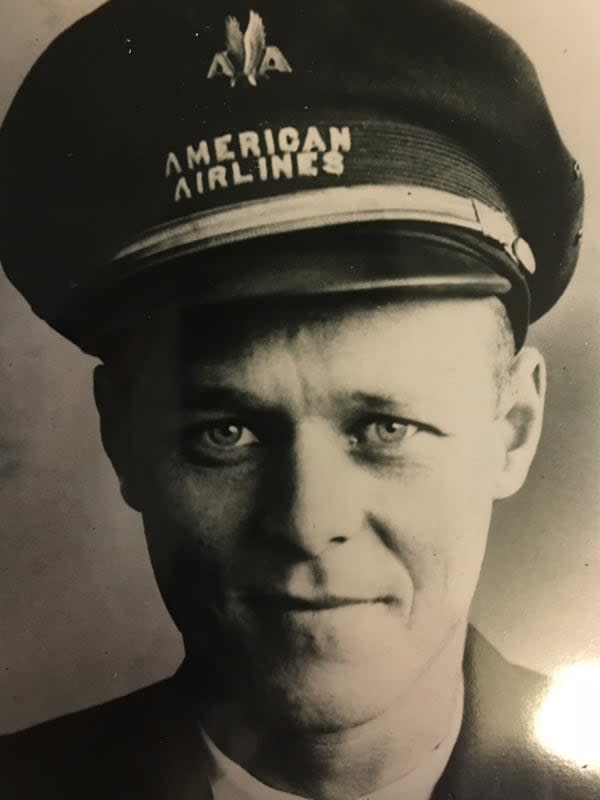
Pilot David Cooper was the pilot of the ill-fated Flagship Erie. (American Airlines)
McLean said the pilot would have been trying to make heroic efforts to right the aircraft and there was evidence he was at the controls.
"They found skin from the pilot still on the wheel of the of the aircraft," said Brown-John.
Puempel does not believe Cooper crashed the plane on purpose.
"An experienced individual. He had a lot of friends. He was well liked. I think it's a very, very unlikely possibility at this point," he said.
According to the Canadian investigation there was nothing wrong with the autopilot but professionals have stated it was in its infancy and the crew might not have been well-versed in using it.
Fellmayer said while they have many theories they can't claim to have solved the puzzle.
"I would say we all have suspicions of may have happened. But to nail it down, it would be almost impossible to do," he added.
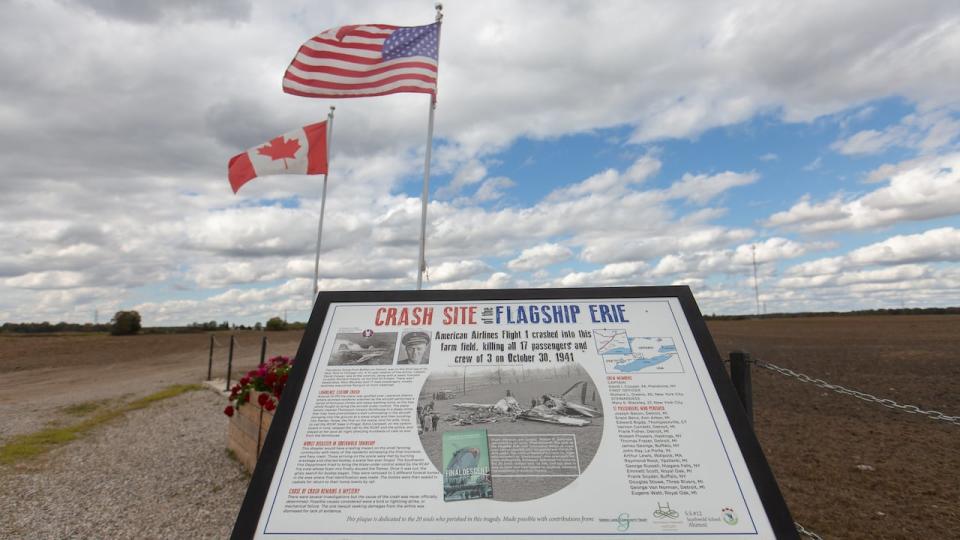
The memorial at the crash site near Lawrence Station which is near Shedden, Ontario. (Dax Melmer/CBC)
The Flagship Erie mystery has been made into a stage play and there is a memorial at the crash site near Lawrence Station.
Crashes like this one led to the introduction of cockpit voice recorders and flight data recorders installed in commercial aircraft.
Brown-John will be joined by aviation museum facilitator David Fluke as a co-instructor at the special one-day course Nov. 7 from 2 p.m. to 4 p.m. at the Windsor aviation museum.
"It's a mystery. It's a time to get people to think about some things that went on in the past and it's local," said Fluke.


